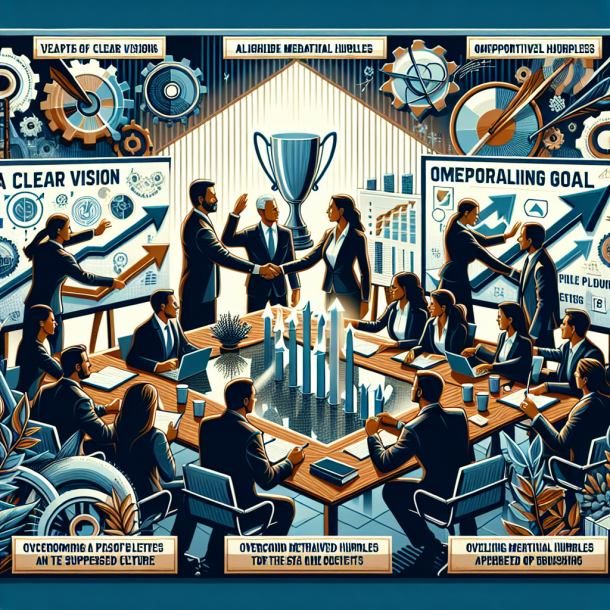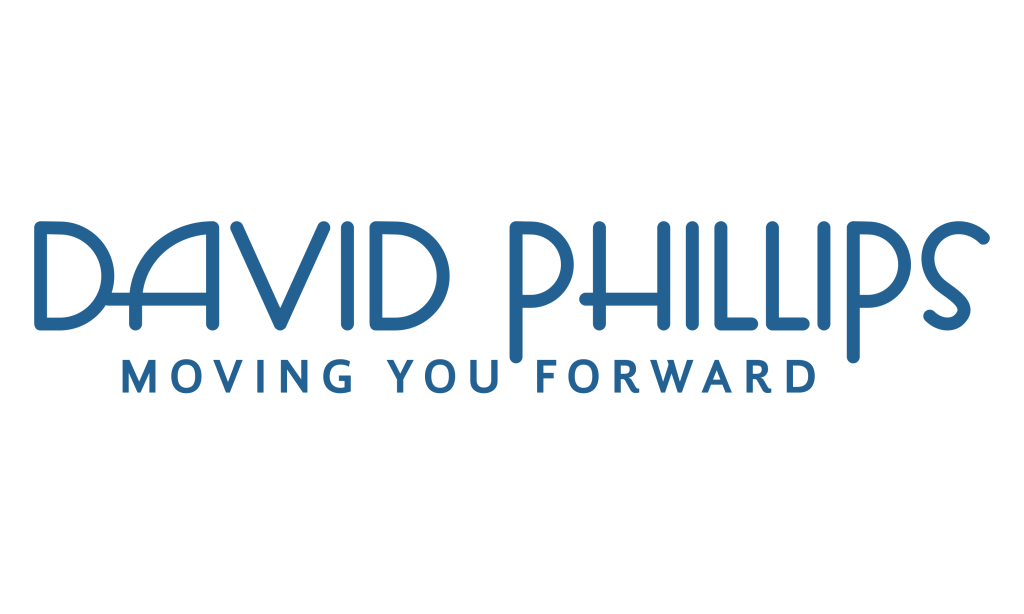
Integrity and Thomas Jefferson: Discover the Secret to Balancing Style with Strength in Every Decision
“`html
Integrity: The Backbone of Leadership
Imagine a leader who never wavers, regardless of the situation. Someone whose style and actions reflect unwavering integrity, seamlessly blending grace with strength. This isn’t just a lofty ideal—it’s essential for effective leadership. In today’s ever-changing world, maintaining integrity while adapting to new trends and challenges is more important than ever.
Understanding the Meaning Behind the Quote
Integrity often gets tossed around in conversations, but what does it really mean? At its core, integrity is about being honest and having strong moral principles. It’s about doing the right thing, even when no one is watching. Think of it as the foundation that supports all other leadership qualities.
A well-known quote by Dwight D. Eisenhower states, “Leadership is the art of getting someone else to do something you want done because they want to do it.” Integrity plays a crucial role in this, as it builds trust and respect. When leaders act with integrity, their team is more likely to follow willingly and enthusiastically.
In the context of leadership, integrity integrates your values with your actions. It’s about aligning what you believe with what you do, creating a consistent and reliable presence. This alignment fosters a positive environment where team members feel secure and motivated to contribute their best.
The Importance of Adaptability in Personal Style
Adaptability isn’t just for surviving changes—it’s about thriving amidst them. In leadership, having a personal style that can adjust to different situations shows your team that you’re flexible and open-minded. This doesn’t mean losing your core values; rather, it’s about presenting them in ways that resonate with different contexts.
For instance, a leader might adopt a more formal style in a corporate meeting but switch to a casual approach when brainstorming with the team. This ability to shift styles while maintaining integrity demonstrates resilience and determination. It sends a message that you respect the environment and are committed to harmony and flow.
Adaptable leaders are also better equipped to navigate trends and changes in their industry. By staying current and flexible, they can incorporate new ideas and innovations without compromising their steadfastness and rock-solid values. This balance between adaptability and firmness is key to leading effectively.
Flexibility in Fashion and Self-Expression
Fashion isn’t just about following trends—it’s a form of self-expression that can reflect your integrity and leadership style. Leaders who embrace flexibility in their fashion choices demonstrate grace and ease, showing that they can adapt to different settings while staying true to themselves.
Consider a CEO who chooses eco-friendly clothing to align with their company’s sustainability values. This thoughtful choice not only showcases their commitment to ethics and morals but also inspires their team to prioritize similar values. Flexibility in fashion can thus become a powerful tool for reinforcing your core principles.
Moreover, being flexible in your self-expression means being open to feedback and willing to evolve. It allows you to present yourself in a way that harmonizes with your team and the broader culture, fostering an environment of mutual respect and cooperation. This adaptability enhances your poise and strengthens your leadership presence.
Navigating Social Norms with Ease
Navigating social norms is a delicate balance between conformity and individuality. Leaders must understand and respect these norms while also bringing their unique perspectives to the table. This balance ensures that you fit in without losing your authentic self.
For example, in some cultures, a more reserved leadership style is appreciated, while in others, a bold and outspoken approach is valued. Adapting your style to fit the cultural context shows your ability to navigate social norms with grace and harmony, enhancing your effectiveness as a leader.
By respecting social norms, you create an inclusive environment where everyone feels valued and understood. This ease in navigating social dynamics builds trust and fosters a collaborative spirit, essential for a stable and resilient team.
The Role of Style in Professional Settings
Your personal style plays a significant role in professional settings. It’s not just about looking good; it’s about communicating who you are and what you stand for. A well-defined style can reinforce your values and principles, making your integrity visible to others.
For instance, a leader who consistently dresses in a polished and professional manner conveys a sense of stability and reliability. This rock-solid appearance can inspire confidence and respect from your team and peers, reinforcing your authority and leadership presence.
Additionally, adapting your style to fit the professional setting can enhance your effectiveness. Whether it’s a formal boardroom meeting or a casual team huddle, aligning your style with the context shows your versatility and commitment to maintaining harmony and flow within your environment.
Defining Core Principles and Values
Defining your core principles and values is essential for maintaining integrity in leadership. These foundational beliefs guide your decisions and actions, ensuring consistency and reliability. When your team understands your values, they can better align their efforts with your vision.
Take, for example, a leader who values honesty and transparency. By consistently communicating openly, they foster a culture of trust and accountability. This clarity in values helps prevent misunderstandings and promotes a unified direction for the team.
Moreover, clearly defined principles provide a roadmap for handling challenges and making tough decisions. They serve as a compass, keeping you steadfast and resolute even in the face of pressure. This unwavering commitment to your values strengthens your leadership and inspires others to follow suit.
Maintaining Integrity in the Face of Pressure
Maintaining integrity when under pressure is one of the greatest tests of leadership. It’s easy to compromise your values when facing challenges, but true leaders remain unyielding and resolute. This steadfastness not only upholds your personal ethics but also sets a powerful example for your team.
Consider a scenario where a leader is offered a lucrative deal that conflicts with their company’s ethical standards. Choosing to decline the offer, despite the potential benefits, demonstrates rock-solid integrity. This decision reinforces the importance of morals and ethical behavior within the organization.
Standing by your principles during tough times builds resilience and determination. It shows that your integrity is not just a facade but a core aspect of your character. This unwavering stance fosters a culture of trust and respect, encouraging team members to act with similar integrity.
Balancing Conformity and Individuality
Balancing conformity and individuality is crucial for effective leadership. While it’s important to align with organizational norms and culture, maintaining your unique perspective ensures that you lead with authenticity and creativity. This balance enhances both your integrity and your team’s innovation.
For instance, a leader who respects company traditions while introducing new ideas demonstrates both conformity and individuality. This approach shows that you value the existing framework but are also committed to continuous improvement and adaptation.
Encouraging your team to express their individuality within the bounds of the organizational culture fosters a sense of belonging and encourages diverse perspectives. This harmony between conformity and uniqueness strengthens your leadership and drives collective success.
Historical Examples of Standing by Principles
History is filled with leaders who stood by their principles, showcasing incredible integrity. One such example is Nelson Mandela, whose unwavering commitment to equality and justice inspired a nation and the world. His steadfastness and resilience in the face of adversity exemplify true leadership integrity.
Another notable example is Mahatma Gandhi, who maintained his non-violent principles despite immense pressure. His resolute determination and ethical stance led to significant social and political change, demonstrating how integrity can drive impactful leadership.
These historical figures remind us that maintaining principles not only strengthens leadership but also creates lasting positive change. Their examples inspire current and future leaders to uphold their values and act with moral conviction, even when faced with challenges.
Cultivating Resilience and Consistency in Beliefs
Cultivating resilience and consistency in your beliefs is essential for sustaining integrity over time. Resilience allows you to bounce back from setbacks, while consistency ensures that your actions align with your values. Together, they create a dependable and trustworthy leadership presence.
For example, a leader who consistently supports their team’s efforts, even during difficult times, demonstrates resilience and unwavering support. This consistent behavior fosters a stable and positive work environment, where team members feel secure and motivated.
Building resilience also means being open to learning and growing from experiences. It involves maintaining your core beliefs while adapting to new information and challenges. This balance of steadfastness and adaptability reinforces your integrity and enhances your ability to lead effectively.
Conclusion
Integrity is the cornerstone of effective leadership, intertwining with style, adaptability, and unwavering principles. By understanding and embodying integrity, leaders can navigate the complexities of modern leadership with grace and strength. It’s not just about holding steadfast to your values, but also about adapting them to fit different contexts and challenges.
As you strive to lead with integrity, remember that it’s a continuous journey of aligning your actions with your core values, adapting to new trends, and inspiring your team through resilience and determination. How do you incorporate integrity into your leadership style? Share your experiences and let’s continue the conversation on building rock-solid, ethical leadership.
“`




